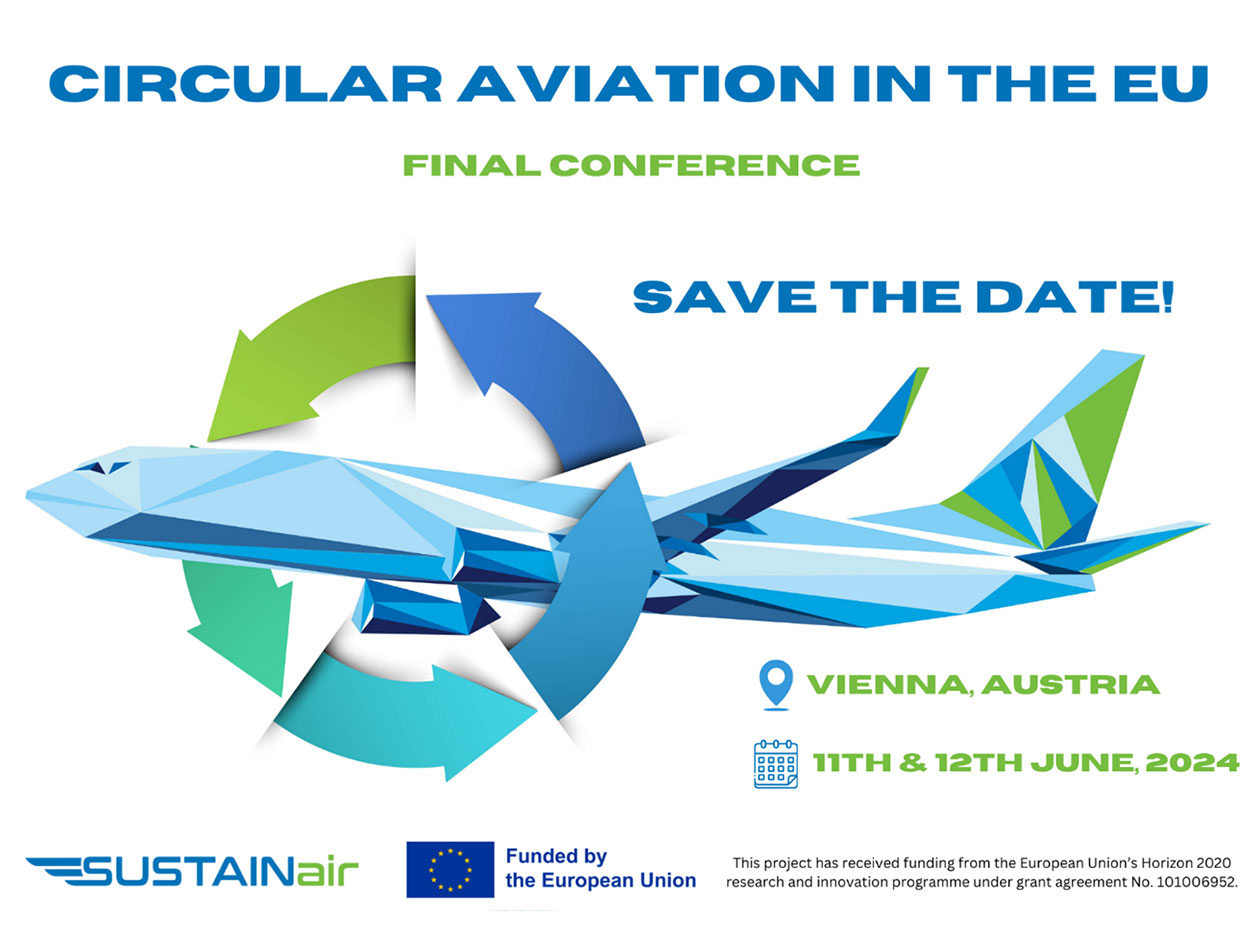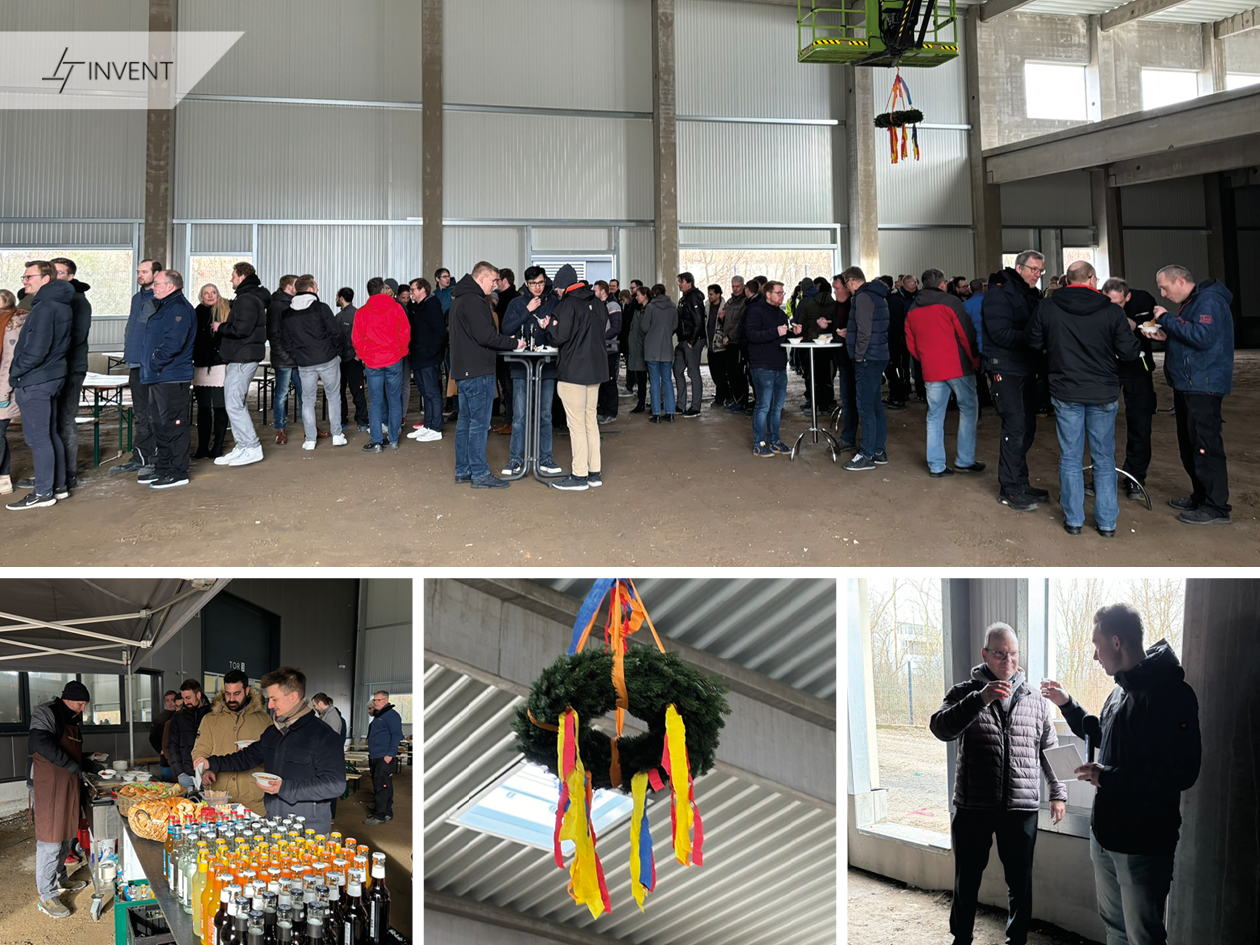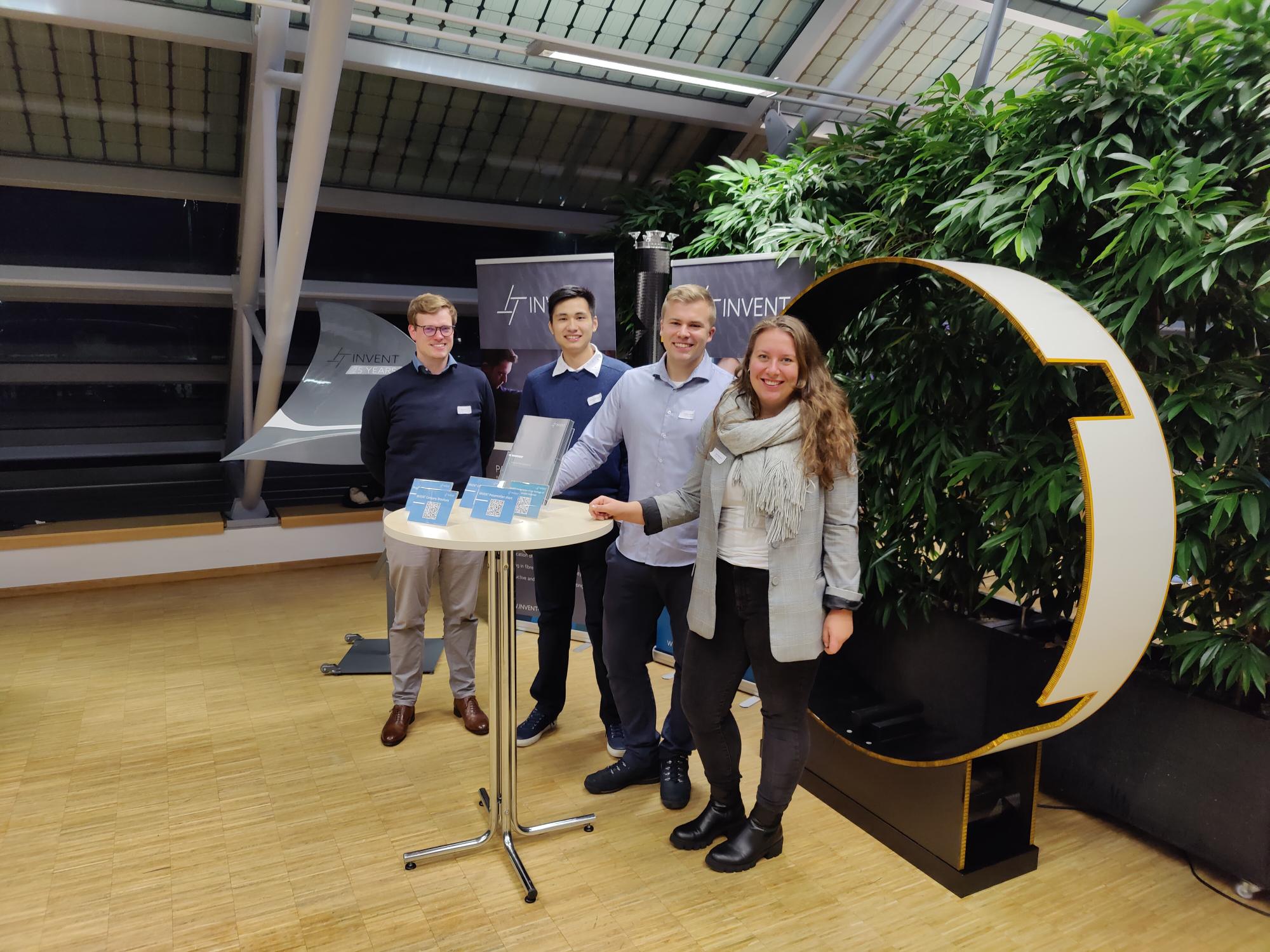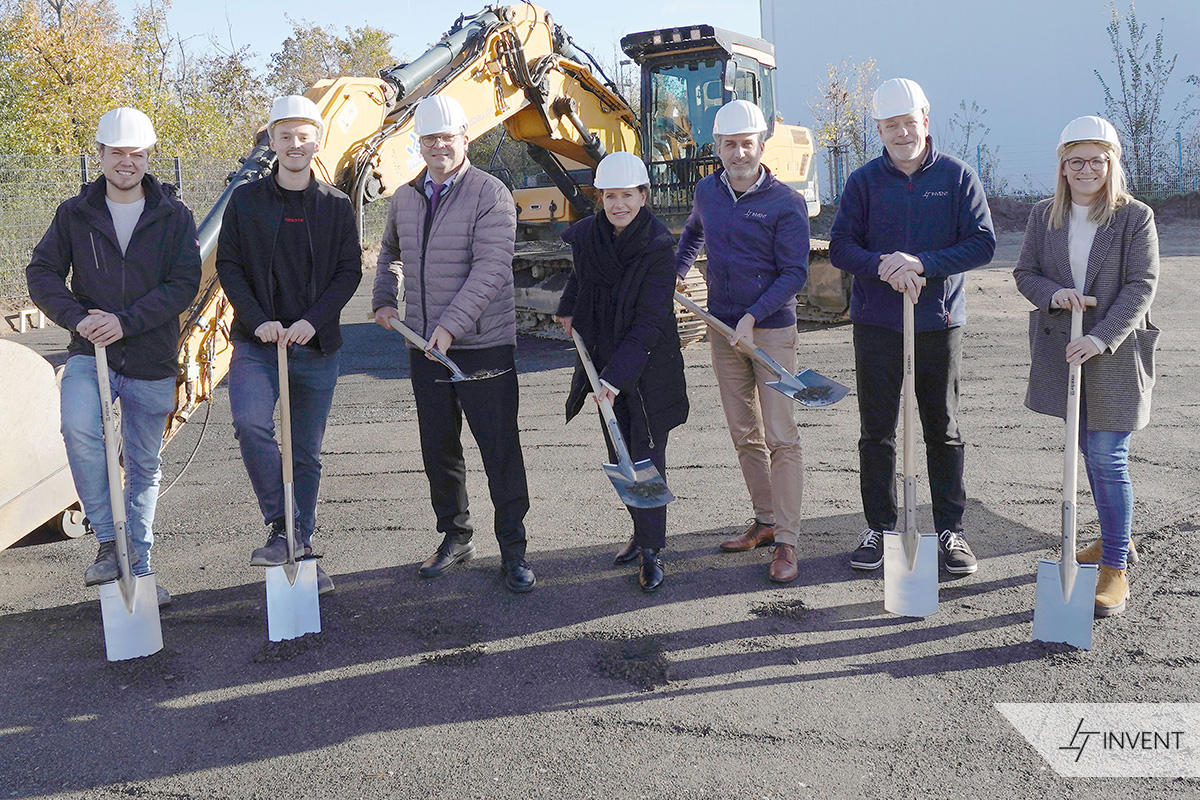Structural components for EUCLID
On July 1, 2023, the European research satellite EUCLID was launched into space on board a SpaceX Falcon 9 rocket from Cape Canaveral in Florida. Youtube-Video: https://www.youtube.com/watch?v=2OJ6lCFS29Y.
After about 30 days it will reach its destination, the second Lagrange point in the Earth-Sun system. Once there, EUCLID will spend about six years exploring space. The goal of the mission is to explore dark matter. To do this, EUCLID will map about one-third of the entire sky, studying the relationship between redshift and the evolution of cosmic structures such as galaxies and galaxy clusters. To do this, EUCLID uses two different instruments. The “Visual Imager Instrument (VIS)”, which detects visible light with wavelengths between 550 nm and 900 nm, and the “Near Infrared Spectrometer and Photometer Instrument (NISP)”, which operates in the near infrared region of the electromagnetic spectrum between 900 nm and 2000 nm.
INVENT was involved in the development and manufacture of key components of the EUCLID satellite mission with two projects. Firstly, the movable Ka-band antenna, which transmits the scientific measurements of the instruments to Earth, and secondly, support structures that thermally decouple the instruments from the satellite and thus ensure their measurement accuracy.
The antenna reflector:
INVENT GmbH has been subcontracted by space antenna specialist HPS to manufacture the antenna reflector and its support structure for the EUCLID satellite. The reflector is the central structural component of the antenna that transmits scientific data from the satellite to Earth.
. In the process, EUCLID’s measurement results are transmitted in the K-band (26GHz), which means that approximately 850 GB of data can be transmitted with a transmission duration of four hours per day.
The key requirement for the reflector structure is a very low weight combined with high stability as well as extreme service temperatures between -150°C and +150°C. To achieve these requirements, the reflector was manufactured using an extreme lightweight construction method, using ultra-high modulus carbon fiber reinforced plastics as materials in addition to aluminum honeycombs. . Another challenge in manufacturing the reflector was meeting the high accuracy requirements. To achieve this, specific manufacturing processes and a series of high-precision tools and fixtures were developed and built specifically for this project. After an approximately 3-year development and manufacturing period, including production of the thermal & structuralmodel for thermo-elastic characterization of the reflector, the flight model was handed over to HPS in spring 2019.
“The extremely high temperature and accuracy requirements presented us with great challenges,” says Susanne Röddecke, project manager at INVENT. T. “We are proud that we were able to solve these challenges through the excellent work in our team and the outstanding cooperation with our customer HPS.”
Instrument support structure for thermal de-coupling:
In a subcontract for Airbus DS Toulouse, INVENT has manufactured and qualified glass-fiber reinforced struts for three different applications in EUCLID.
- PLM (“Pay Load Module”) Struts: The PLM Struts are designed as bi-pods and serve for the quasistatic support of the payload module on the satellite platform as well as its thermal decoupling.
- VIS (Visible Imager) struts: The VIS struts are designed as a set of two monopods and two bipods and are used to support the VIS FPA electronic module structure and to thermally decouple it.
- NISP (“Near-Infrared Spectrograph Photometer”) Radiator Struts: The NISP struts are designed as mono- and bipods and serve as support and for thermal decoupling of the NISP radiators from the payload module.
The attachment points at the ends of the struts consist of highly complex metallic interfaces, which ensure a defined and highly precise assembly to the connecting elements of the satellite. The integration of the glass-fiber reinforced struts with the metallic connecting elements was one of the key challenges during development and implementation.
The project started in 2017 with a qualification program to verify the components at temperatures between 70K and 333K. The goal was, in addition to the verification of the mechanical performance, the justification of the thermo-elastic behavior and the thermal conduction under consideration of the extremely low application temperature. After successful qualification, the components were manufactured in 2018/2019 and handed over to Airbus DS in September 2019.
“The effort to qualify the struts was already enormous due to the hybrid construction of metallic and plastic components,” says Holger Schmitz, project manager at INVENT, “especially since the struts were manufactured with a glass fiber reinforcement, which is rather untypical in the carbon fiberdominated aerospace market.”
About INVENT GmbH
Passion for Composites
As a recognized lightweight specialist for innovative fiber composite technologies in the aerospace, mechanical engineering, automotive, rail vehicle and shipbuilding sectors, INVENT GmbH in Braunschweig has been developing and producing high-precision structural components since 1996 as an EN 9100 and Nadcap certified company, from the initial idea to series production. Our own design engineers work very closely with a wide range of manufacturing specialists. In this way, we offer our customers a complete package from a single source in terms of designs, production planning, manufacturing processes, mechanical processing, joining and assembly, as well as painting and quality control.
![EUCLID Satellite; Artist Impression [Source: ESA]](https://www.invent-gmbh.de/wp-content/uploads/Abb.-2-Artist-Impression-1.jpg)



